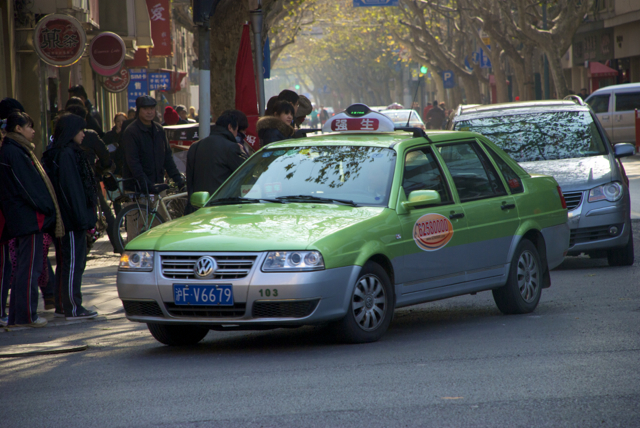 (Conventional Taxi Shanghai. Photo DP)
(Conventional Taxi Shanghai. Photo DP)
by David Parmer
Almost everyone would agree electric vehicles are a good idea, or at least a step in the right direction. And for China, this would be even more so. The advantages of going electric for the world’s second largest economy would be far reaching. In the short term China’s nagging air quality problem would be significantly impacted. China’s reliance on imported energy would also be reduced and a productive and successful electric vehicle industry could make China a world leader in this technology. So where is the rub?
Apparently it’s not the government. The government is behind plug-in cars; laws, number- of- vehicle targets and subsidies flow from the government side. Industry? No, Chinese automakers that have an electric model for sale abound. Import restrictions? Not insurmountable-America’s #1 electric carmaker Tesla has thrown its hat in the ring and committed to exporting to China and is doing so.
So what’s the problem? The problem is a lot of the parts of the solution to the problem have not come together yet. In a perfect world a driver would buy an electric car, accept the government subsidy, feel good about making a contribution to creating a sustainable environment and live happily every after. Unfortunately, such is not the case-yet. The #1 problem is keeping an electric car going. They need to be charged, and the infrastructure in China is just not there yet. In China, since home-charging is not really an option for most people, an external charging infrastructure is essential. And an extensive infrastructure isn’t there because the drivers aren’t there. And so on.
It seems Chinese automobile buyers won’t take a chance on electric vehicles whatever the licensing and buying incentives are.
One solution to deal with this problem is battery swapping, a system where a low battery can be exchanged for a fully-charged one. Battery manufactures, not surprisingly, are behind this solution. Battery swapping works well when applied to municipal buses where routes, distances and driving times are static.
Still another solution to the lack- of- charging- infrastructure problem is hybrid vehicles, particularly the REEV (Range Extended Electric Vehicle) which have an onboard internal combustion engine for charging the battery on the move. This bridging technology, combined with an expanding charging infrastructure might be the present of China’s electric vehicle future. And because of all of the benefits that electric vehicles offer to China, it looks like that future is not an “if” but a “when.”
 日本語
日本語 English
English 中国語
中国語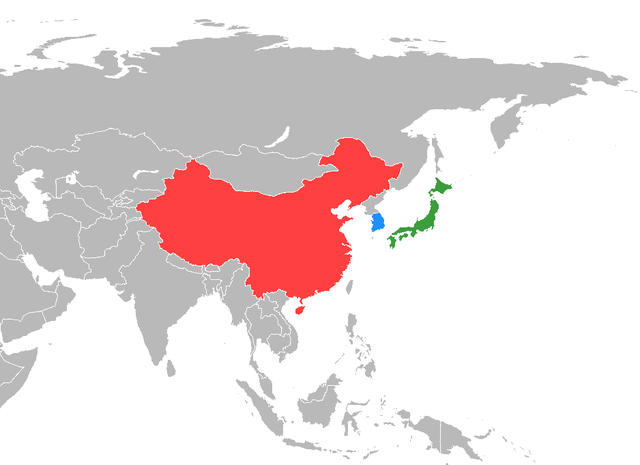
 (Taoyuan- Airport.com)
(Taoyuan- Airport.com)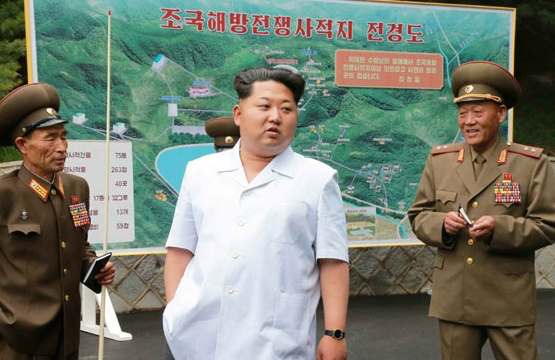
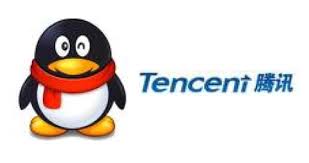

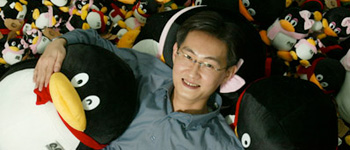

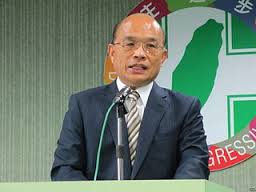
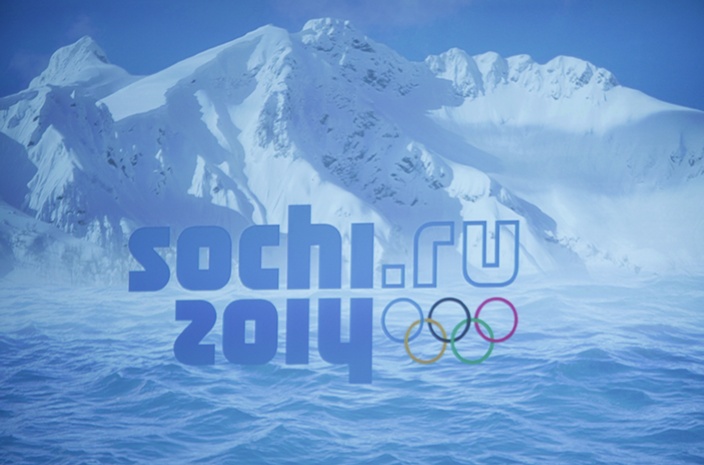
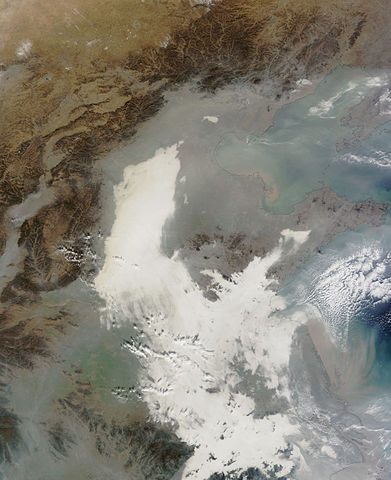 Eastern China December 2013 (Photo: NASA)
Eastern China December 2013 (Photo: NASA)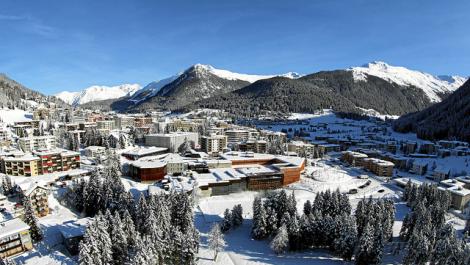 (Photo: World Economic Forum)
(Photo: World Economic Forum)